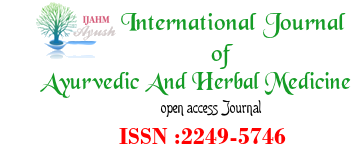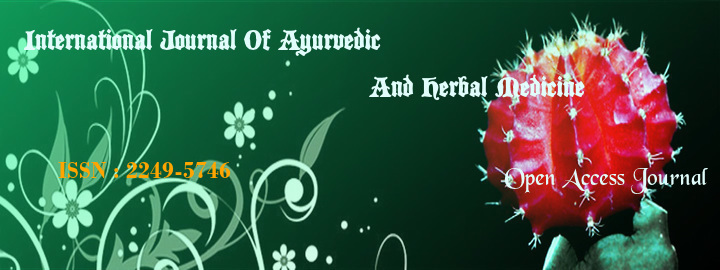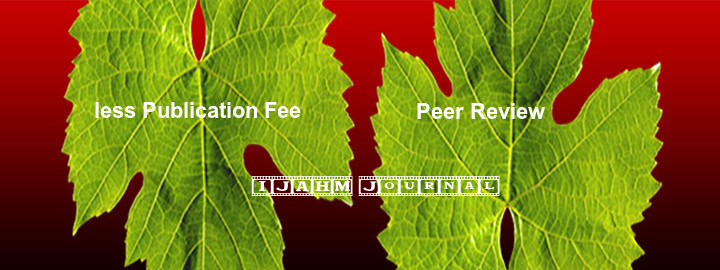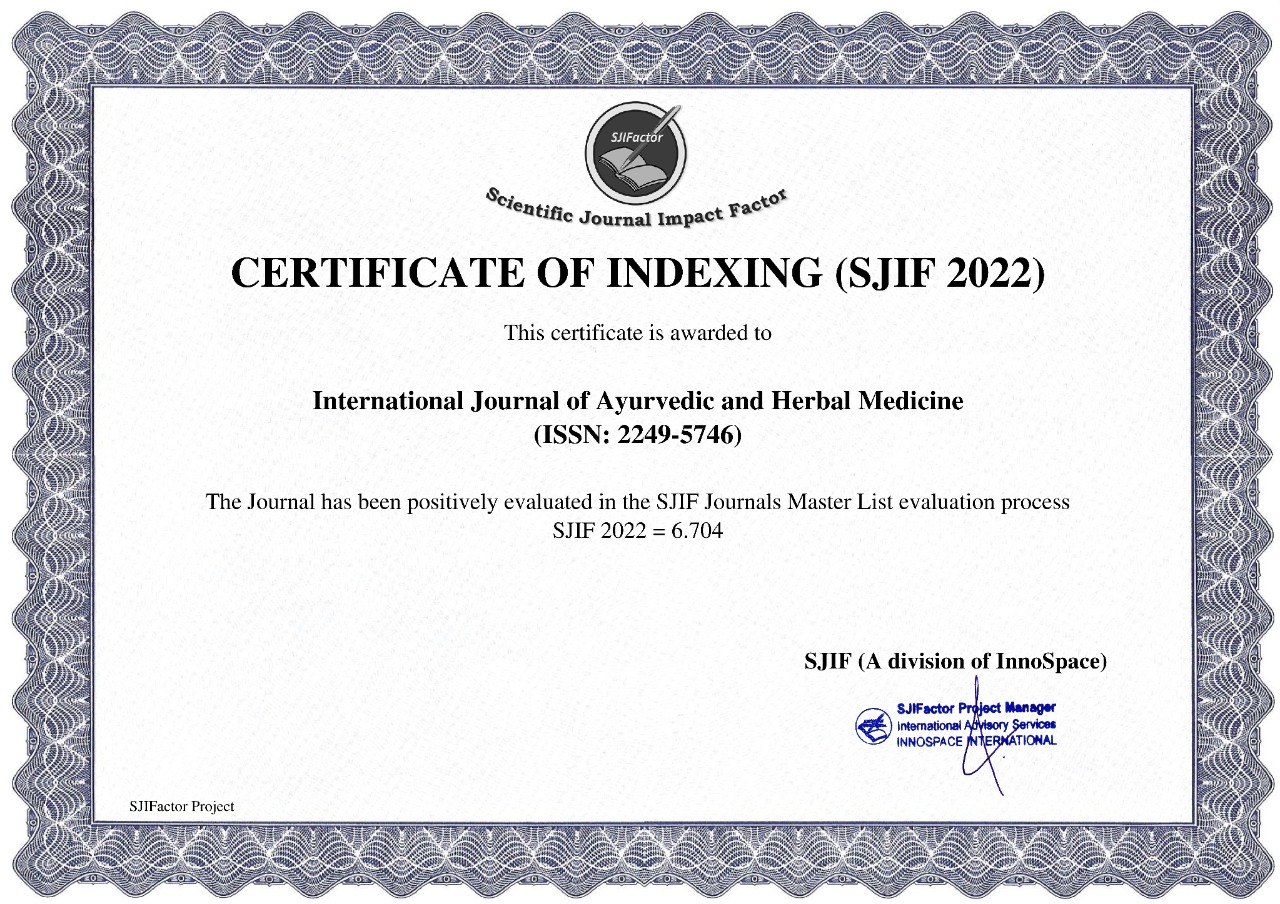


Singh Rahul Kumar1* Singh Amrita2 Nathani Sumit3 Murthy A Rama4
1Lecturer, Dept. of P.G. Studies in Dravya Guna, Uttaranchal Ayurvedic College Dehradun, Uttarakhand
2P.G. Scholar, Dept. of P.G. Studies in Prasuti Tantra & Stri Rog, Rishikul Govt. Ayurvedic College Haridwar,
Uttarakhand
3Lecturer, 4Asst.Prof. Dept. of P.G. Studies in Dravya Guna, National Institute of Ayurveda, Jaipur, Rajasthan
*Corresponding Author, Email: This email address is being protected from spambots. You need JavaScript enabled to view it.
Abstract
Adulteration may be defined as mixing or substituting the original drug material with other spurious, inferior, defective, spoiled, useless other parts of same or different plant or harmful substances or drug which do not confirm with the official standards. Adulteration in market samples is one of the greatest drawbacks in promotion of Ayurvedic products. Bharangi i.e. root of Rotheca serrata (L.) Steane & Mabb. is among those drugs which are commonly used in the indigenous system of medicine. This study was based on author's P.G. thesis (Singh & Murthy 2014, NIA Jaipur) work “Phytochemical study of certain genuine medicinal plant and their market samples” and after studying market samples of Bharangi it was found that all samples were adulterated and no any market sample had genuine drug Bharangi. Quality assurance of medicinal plant starting materials is of paramount importance to offer predictable efficacy of the Ayurvedic formulations. Since both the industry and the individual physician use these plants in a dry form, therefore a method to assess their genuineness in the dry form is the need of hour. Present era is the era of modern advancements but modern methods like microscopy, chemical assay etc. are the methods that require trained personals and well equipped laboratories that are not available to common physician. That’s why in this article efforts have been made to focus on cardinal organoleptic identifying features of genuine sample of Bharangi and its markets samples which helps to common physician for easy identification of genuine drug with adulterants.
REFERANCES
1. Dorothy A. Steane and David J. Mabberley. 1998. "Rotheca (Lamiaceae) Revived". Novon 8(2):204-206.
2. Rosette B. Fernandes and Bernard Verdcourt. 2000. "Rotheca (Labiatae) revived - more new combinations". Kew Bulletin 55(1):147-154.
3. Steven J. Wagstaff, Laura Hickerson, Russ Spangler, Patrick A. Reeves, and Richard G. Olmstead. 1998. "Phylogeny in Labiatae s.l., inferred from cpDNA sequences". Plant Systematics and Evolution 209(3-4):265-274.
4. Sharma P.V. Classical uses of medicinal plants, Chaukhambha Vishvabharati, Varanasi, reprint – 2004, page 275-276.
5. Praveen kumar A & K. Nishteswar ; Phyto-chemical and Pharmacological Profiles of Clerodendrum serratum Linn.(Bharangi) : A Review, Int. J. Res. Ayurveda Pharm. 4 (2), Mar-Apr 2013, page 277-278.
6. Dr J.L.N. Sastry; Dravyaguna Vijnana vol.II, Chaukhambha Orientalia Varanasi, reprint – 20012, page 422.
7. Vaidya Bapalal; Nighantu Aadarsh; vol.II Chaukhambha Bharati Academy Varanasi, reprint – 2009, page 255.
Thirumalai, M. Paridhavi And M. Gowtham; Evaluation Of Physiochemical, Pharmacognostical And Phytochemical Parameters Of Premna Herbacea ; Asian Journal Of Pharmaceutical And Clinical Research, Vol 6, Sup 1, 2013; page no -176
index























